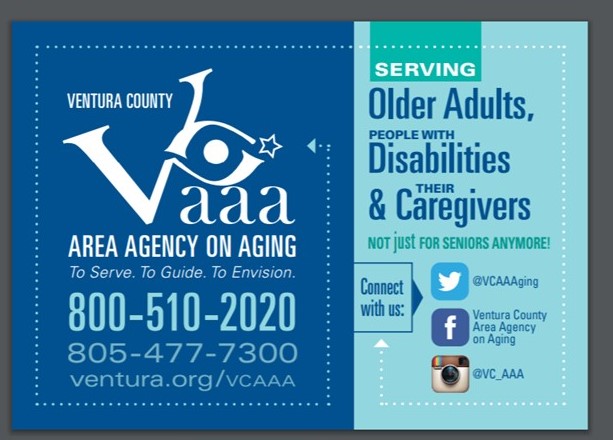by the NCOA
Diabetes, arthritis, hypertension, lung disease, and other chronic diseases can make life difficult to manage for millions of older adults, often forcing them to give up their independence.
Every day, millions of people with chronic diseases struggle to manage their symptoms.
About 80% of older adults have one chronic disease.
68.4% of Medicare beneficiaries have two or more chronic diseases and 36.4% have four or more.
Chronic diseases can affect a person’s ability to perform important activities, restricting their engagement in life and their enjoyment of family and friends.
The Cost of Chronic Diseases
The traditional medical model of caring for people with chronic diseases—which focuses more on the illness than on the patient—is expensive and often ineffective.
More than two-thirds of all health care costs are for treating chronic diseases.
95% of health care costs for older Americans can be attributed to chronic diseases.
Less than 1% of health care dollars are spent on prevention to improve overall health.
NCOA’s Role
Addressing chronic diseases requires new strategies to delay health deterioration, improve function, and address the problems that people confront in their day-to-day lives.
NCOA and Stanford University have collaborated for nearly a decade to disseminate proven programs in-person and online that empower individuals with chronic diseases to manage their own care and improve their quality of life.
Probably the best known and most highly regarded self-management program for people with chronic diseases is Stanford’s Chronic Disease Self-Management Program (CDSMP).
Through a partnership with the U.S. Administration for Community Living, NCOA promotes CDSMP and its variants through community-based workshops.
CDSMP is also supported in communities by grants from the Centers for Disease Control and Prevention and other funders. Since 2006, more than 300,000 people have participated in these impactful programs.
As part of our social enterprise partnership with Canary Health, NCOA continues to promote the online suite of self-management programs, known as Better Choices, Better Health®. We also remain committed to research and development work on evidence-based self-management and patient engagement.
What is CDSMP?
CDSMP is a low-cost program that helps adults with chronic diseases learn how to manage and improve their health. Interactive workshop sessions focus on problems that are common to individuals dealing with any chronic disease. Topics include pain management, nutrition, exercise, medication use, emotions, and communicating with doctors.
Workshops are led by two trained facilitators, at least one of whom has a chronic disease. Fifteen hours of content are covered during weekly sessions held over a six-week period. Throughout the program, approximately 10-15 participants focus on building skills to manage their conditions by sharing experiences and providing mutual support.
CDSMP:
Helps people with diverse medical diagnoses such as diabetes, arthritis, and hypertension develop skills and coping strategies to manage their symptoms.
Employs action planning, interactive learning, behavior modeling, problem-solving, decision making, and social support for change.
Is offered via two venues—online and in-person held in community settings such as senior centers, churches, community health clinics, and libraries.
Has disease-specific variants for diabetes, chronic pain, cancer survivors, HIV/AIDS, and arthritis.
Is available in Spanish for the chronic disease and diabetes self-management programs, and the Stanford-developed CDSMP trainer manual is available in over 19 different languages.
How Effective is CDSMP?
Based on a recent national study of CDSMP, the program resulted in significant, measurable improvements in the health and quality of life of adults with chronic diseases. CDSMP also appears to save enough through reductions in health care expenditures to pay for itself within the first year.
Health Benefits
Improved self-reported health.
Improved health status in six indicators: fatigue, shortness of breath, depression, pain, stress, and sleep problems.
Improved health-related quality of life, unhealthy physical days, and unhealthy mental days.
Improved communication with doctors, medication compliance, and health literacy.
Cost Savings
$714 per person savings in emergency room visits and hospital utilization.
$364 per person net savings after considering program costs of $350 per participant.
Potential savings of $6.6 billion by reaching 10% of Americans with one or more chronic disease.


